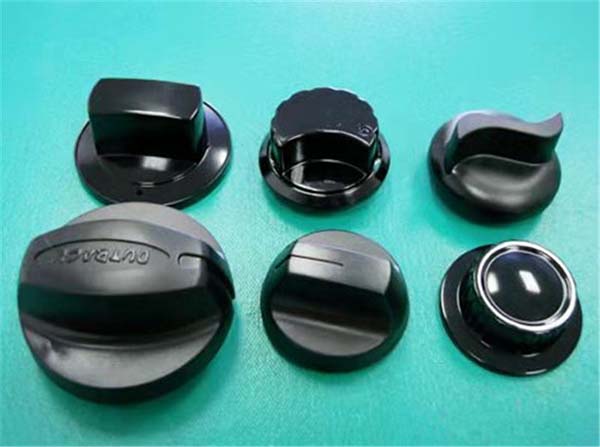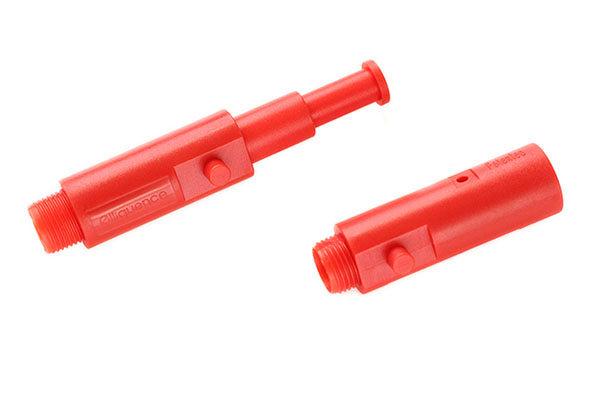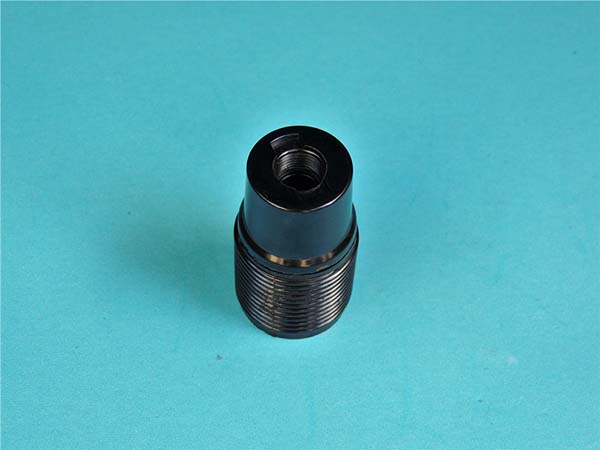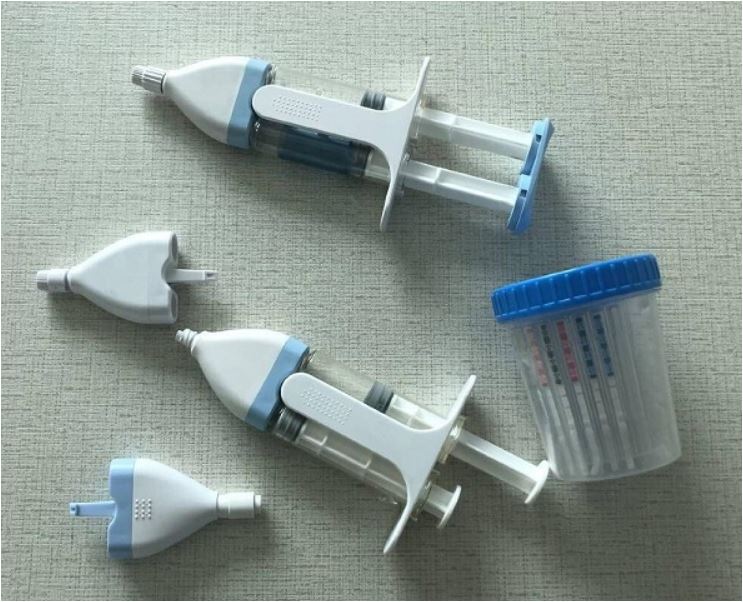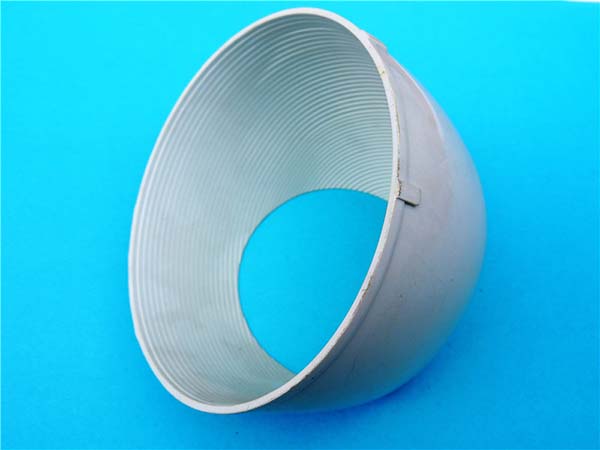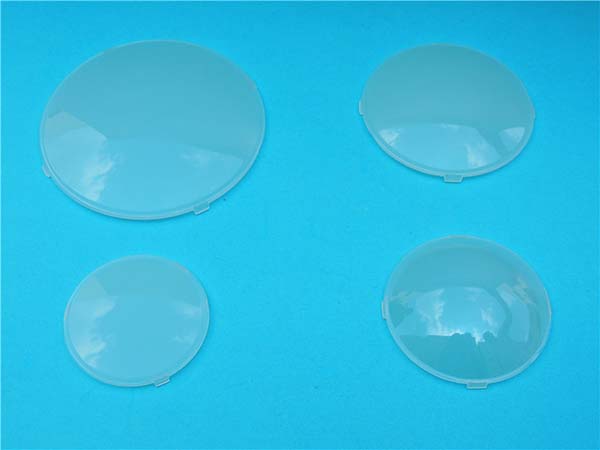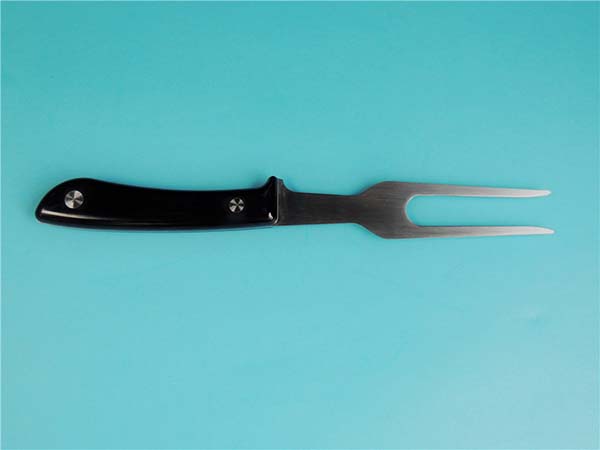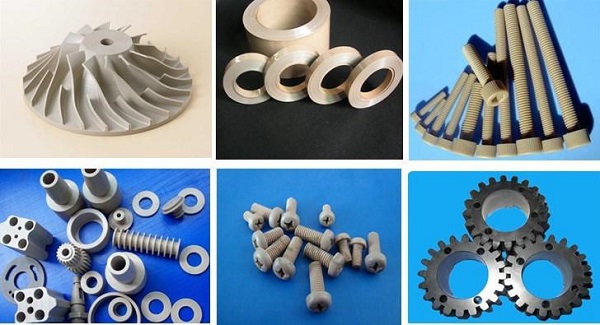What is Industrial 3D Printing Services?
Industrial 3D printing services refer to the use of advanced 3D printing technology to directly produce industrial - grade components, tools, molds, and more. Instead of traditional manufacturing methods that often involve subtractive processes (such as cutting, milling), 3D printing is an additive manufacturing process. It works by layering materials, such as plastics, metals, ceramics, or composites, based on a digital 3D model.
For instance, in the aerospace industry, complex engine components with internal cooling channels that are extremely difficult to manufacture using traditional methods can be easily produced through industrial 3D printing. These components can achieve the required complex geometric shapes accurately, ensuring better performance and fuel efficiency. In the automotive industry, 3D printing can rapidly produce custom - designed parts for concept cars or low - volume production models, significantly shortening the production cycle.
This technology allows for the realization of highly complex designs that were previously unfeasible or extremely costly to manufacture. It also enables rapid production, which is especially beneficial for prototyping, small - batch production, and on - demand manufacturing. By eliminating the need for expensive molds and tooling in many cases, industrial 3D printing services can reduce both production time and costs, making it an attractive option for a wide range of industries, including healthcare, consumer goods, and industrial machinery.
The Applications of Industrial 3D Printing Services
Industrial 3D printing services have found their way into a multitude of industries, revolutionizing the manufacturing process. Here are some of the key sectors where this technology is making a significant impact:
In the Automotive Industry
In the automotive industry, industrial 3D printing services play a crucial role. They are used for manufacturing customized components. For example, car manufacturers can print unique interior parts like personalized dashboard inserts or custom - designed gear knobs, meeting the diverse preferences of consumers.
Rapid prototyping is another major application. Instead of spending months creating prototypes using traditional methods, companies can use 3D printing to quickly produce a physical model of a new car part in a matter of days or even hours. This significantly reduces the development cycle and cost. According to a study, companies that adopted 3D printing for prototyping in the automotive industry saw a 40% reduction in development time.
Complex engine components, such as those with intricate internal cooling channels, can also be manufactured through 3D printing. These components are not only more efficient but also more cost - effective to produce compared to traditional manufacturing methods which often require multiple manufacturing steps and expensive tooling.
In the Aerospace Industry
The aerospace industry demands high - performance and lightweight components to ensure the safety and efficiency of aircraft and spacecraft. Industrial 3D printing services meet these requirements splendidly. For instance, the manufacturing of aircraft engine blades through 3D printing allows for the creation of complex geometries that are difficult to achieve with traditional manufacturing techniques. These blades can be designed to be lighter yet stronger, improving the overall performance of the engine and reducing fuel consumption.
3D - printed components in the aerospace industry also contribute to faster production times and reduced waste. In the past, producing a single aerospace component could take weeks or months due to the complexity of the design and the need for multiple manufacturing processes. With 3D printing, the production time can be cut down to a fraction of that. Moreover, the additive manufacturing process of 3D printing produces less waste compared to traditional subtractive manufacturing methods, which is beneficial for both cost - saving and environmental reasons. A report shows that some aerospace companies have managed to cut material waste by up to 90% when using 3D printing for component production.
In the Healthcare Industry
The healthcare industry benefits greatly from industrial 3D printing services, especially in the production of personalized medical devices and implants. For patients with unique anatomical features, 3D - printed prosthetics offer a more comfortable and precise fit. A patient with an amputated limb can receive a custom - made prosthetic that is designed specifically for their residual limb shape, improving their quality of life.
Dental models are another area where 3D printing shines. Dentists can use 3D - printed models to plan complex dental procedures more accurately. These models provide a detailed, physical representation of a patient's teeth and gums, allowing dentists to simulate the procedure and make more informed decisions. According to a survey of dental professionals, over 80% reported that 3D - printed dental models improved the accuracy of their treatment plans. Additionally, 3D - printed implants can be tailored to fit a patient's specific bone structure, enhancing the success rate of implant surgeries.
How to Choose the Right Industrial 3D Printing Service Provider?
Selecting the appropriate industrial 3D printing service provider is crucial for the success of your project. Here are some key factors to consider:
Consider Their Experience and Expertise
- Industry Experience: Look for a service provider with extensive experience in your specific industry. For example, if you are in the aerospace industry, a provider that has previously worked on aerospace projects will be more familiar with the unique requirements, such as high - temperature resistance, lightweight material needs, and strict quality standards. They will understand the specific design constraints and performance expectations, which can lead to a more successful project outcome.
- Technical Competence: Evaluate their technical skills. A proficient provider should be able to handle complex geometries, multi - material printing, and high - precision requirements. They should have a team of engineers and technicians who are well - versed in 3D printing technologies, including different printing methods like Fused Deposition Modeling (FDM), Stereolithography (SLA), and Selective Laser Sintering (SLS).
- Case Studies and References: Ask for case studies or references. Reviewing their past projects can give you a clear picture of their capabilities. For instance, if a service provider has successfully completed a large - scale automotive part production project with tight tolerances, it demonstrates their ability to handle similar complex tasks.
Check Their Equipment and Materials
- Advanced Equipment: Ensure the service provider has state - of - the - art 3D printers. For example, some high - end printers can achieve extremely high resolutions, which is crucial for producing parts with fine details. Different types of printers are suitable for different applications. FDM printers are often good for prototyping and creating functional parts with a variety of plastics, while SLA printers are great for producing smooth - surface, high - detail models, especially useful in jewelry and dental applications. SLS printers can work with powdered materials like nylon, producing strong, durable parts without the need for support structures in many cases.
- Material Variety and Quality: The availability of a wide range of high - quality materials is also important. A good provider should offer materials such as high - strength engineering plastics (e.g., ABS, PEEK), various metals (e.g., aluminum, titanium, stainless steel), and even composite materials. High - quality materials ensure that the final product has the desired mechanical properties, heat resistance, and chemical resistance. For example, in a medical application, biocompatible materials are essential for 3D - printed implants, and the service provider should be able to supply materials that meet strict medical standards.
Evaluate Their Quality Control and Post - processing Capabilities
- Quality Control: A reliable service provider should have a rigorous quality control process. This includes pre - production checks of the digital model for errors, in - process monitoring during printing to ensure consistent quality, and post - production inspections. They may use techniques like 3D scanning to compare the printed part with the original digital model, ensuring that the part meets the required dimensions and tolerances. For example, in the manufacturing of industrial machinery components, even a slight deviation in dimensions can lead to performance issues, so strict quality control is essential.
- Post - processing Capabilities: Post - processing can significantly enhance the appearance and functionality of 3D - printed parts. Services such as sanding, polishing, painting, and heat - treating should be available. For example, a 3D - printed metal part may need heat - treating to improve its strength and hardness, and polishing to achieve a smooth surface finish for better aesthetics or to meet specific functional requirements.
Yigu Technology's View on Industrial 3D Printing Services
As a non - standard plastic and metal products custom supplier, Yigu Technology highly values the role of industrial 3D printing services. This technology has significantly promoted the customization of non - standard products.
Firstly, in terms of customization efficiency, industrial 3D printing can quickly transform design concepts into physical products. Instead of waiting weeks or months for traditional manufacturing processes, the production cycle can be shortened to days or even hours. This allows Yigu Technology to respond promptly to customers' urgent needs and accelerate the product development process.
Secondly, regarding product diversity, 3D printing breaks through the limitations of traditional manufacturing methods. It can create products with complex geometries and unique structures, which greatly enriches the types of non - standard plastic and metal products that can be customized. Yigu Technology can now offer more diverse product solutions to meet the various requirements of different customers, whether it's for complex - shaped plastic parts in the electronics industry or high - precision metal components in the machinery industry.
